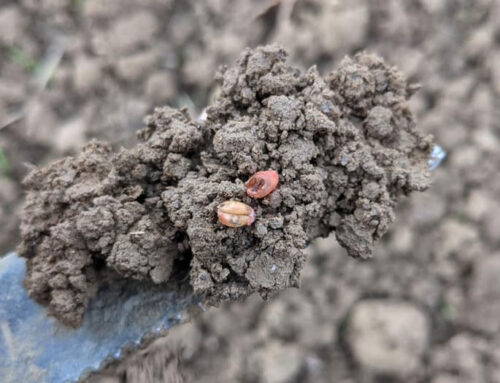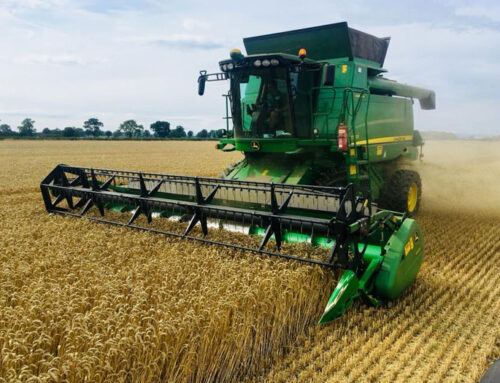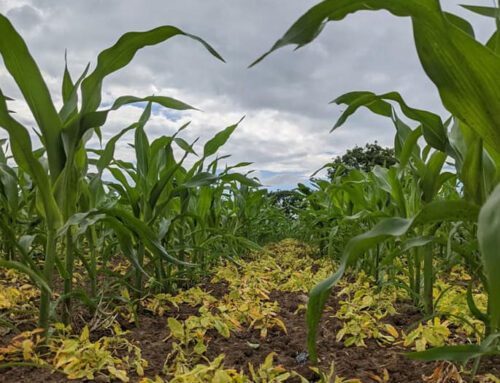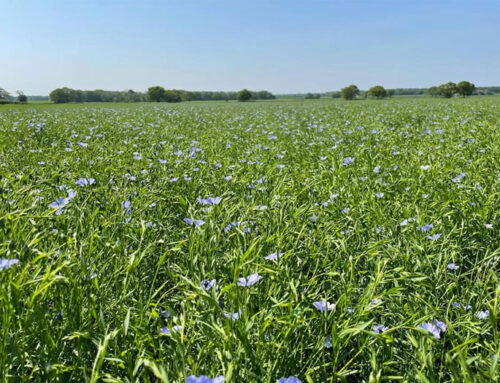Well today it feels like spring has finally sprung with temperatures of 15 degrees Celsius topping the mercury today! (20/03/2021). Conditions are just about right and many of my growers will soon hear the echoing shot from the starting gun and the spring sowing campaign can begin. Due to the high or ‘normal’ acreage of winter cropping in the ground my spring cereal portfolio has shifted from its 2020 lockdown high and looks nice and manageable….for now. On the other hand, maize and beet plans look to be carrying on an upward trend in my area.
Winter wheats are starting to show signs of life and with the earliest sown approaching GS30. The planned spring grassweed herbicides will soon be applied +/- T0 fungicides. Choice of grassweed product is mainly tailored around other problematic weeds that may be present within the crop. I must stress however that autumn pre/post-emergence herbicides have worked well, and I have many crops where there is little or no need for a follow-up treatment. Yellow rust is my driver when considering the need for a T0 application. The continuing loss of actives, epoxiconazole being the latest, my choice for T0 yellow rust hovers between either tebuconazole for eradication or Azoxystrobolurin for prevention.
Winter barleys are looking healthier after taking up the first nitrogen, and with their final or top-up doses going on in the next 10 days. Tiller survival has been good and if the man upstairs plays ball then yield potential is looking promising. I like to time my first main fungicide split with growth regulation. Where oats are present, I will be adding in pinoxaden to the mix, any broad-leaved weeds will be tidied up with the second growth regulator. The reason I like to get oats taken out sooner is twofold, the smaller the oats the lower the dose of pinoxaden, resulting in less financial tears. Secondly, if I need to follow up with a broadleaf weed application it reduces the gap of using a hormone herbicide to 7 days. If I chose to apply a hormone acting herbicide first, then the gap is 21 days before the sprayer can gingerly re-enter the field to take on the no doubt Schwarzenegger size oats.
Oilseed rape crops are changing day by day and are paying no attention to Boris’ social distancing rules with the thickness of some of these canopies. Although first early spring fungicide applications are based on the level of disease and the resistance ratings of the variety, a major player this year is growth regulation. If I had written this last year you’d have thought I was losing the plot, well so would I, that or I’d strayed into another agronomist’s field! What a difference a season makes! Those crops up to 6 inches tall will receive a robust rate of tebuconazole while larger crops will be getting the two M’s (metconazole + mepiquat-chloride).
Winter bean crops are yet to fully awaken however are nicely ticking along. Pre-emergence herbicide programmes like in cereals have worked well here with very few needing any further action. The odd cleaver patch or graminicide are the only potential treatments needed.
Alongside field scouting, I get heavily involved in stewardship applications and it’s uplifting to see the amount of interest that is drumming up. Growers are becoming aware of the impending loss of Basic Payment Scheme and are looking to explore alternative income streams to soften the loss. The ability to apply for Capital grants alongside environmental enhancement in the current schemes are giving growers good flexibility.




